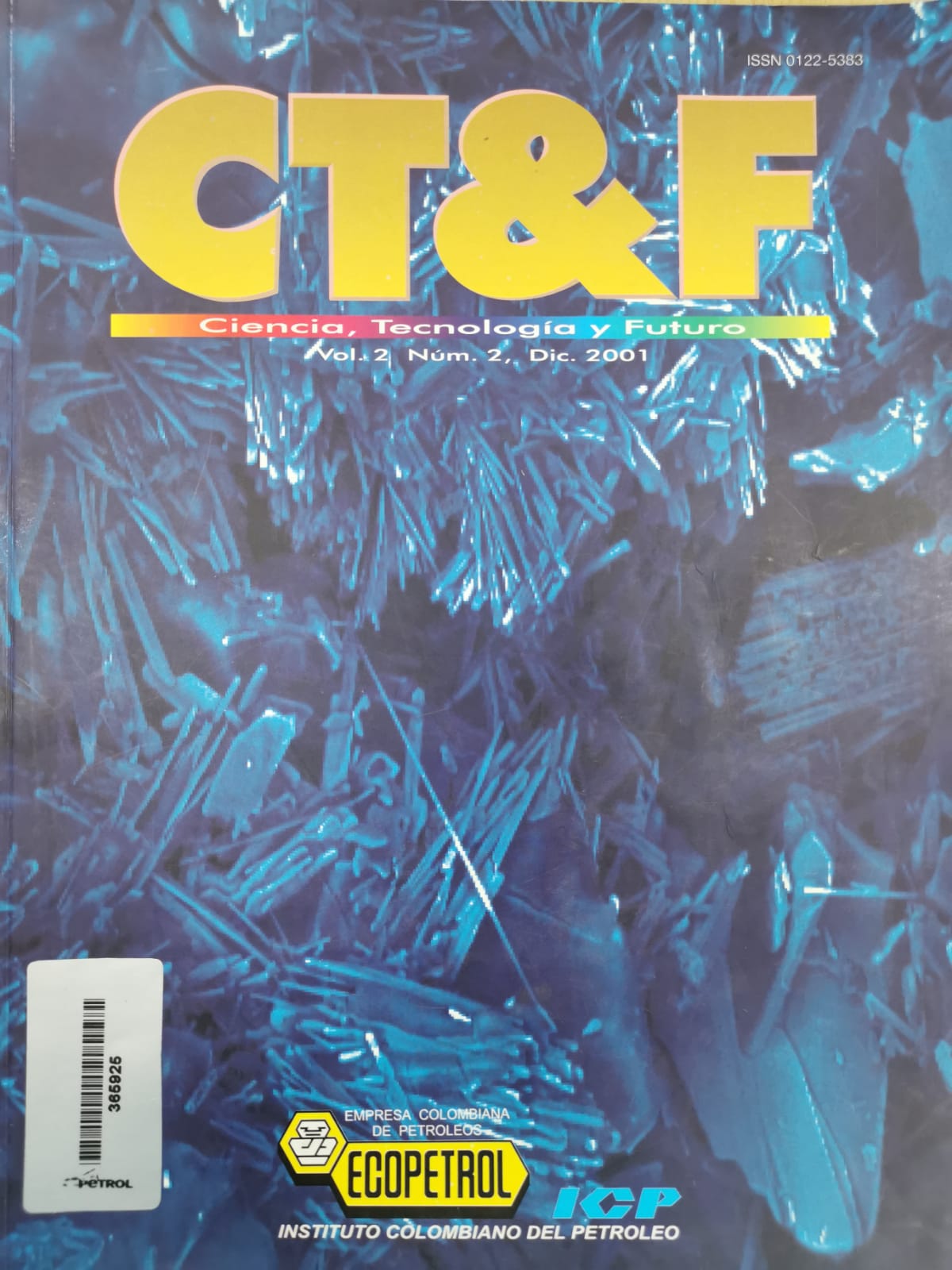Increasing the production of desulfurizing biocatalysts by means of fed-batch culture
Abstract
Over the past years, environmental regulations have driven a lot of effort for the development of new technologies for the upgrading of fossil fuels. Biotechnology offers an alternative way to process fossil fuels by means of a biodesulfurization technolgy where the production of the biocatalyst is one of the key topics. Traditionally, the production is carried out in batch culture where the maximum cellular concentration is restricted by inherent limitations of the culture type and the microorganism growth rate. This work adresses the production of two desulfurizing microorganisms: Rhodococcus erythropolis IGTS8 and Gordona rubropertinctus ICP172 using fed-batch culture. Fed-batch cultures were conducted in a 12 L fermentor using ICP4 medium containing glucose and DMSO as carbon and sulfur sources. As a result, cell concentration was increased 1.5 and 3 times with fed-batch cultures using constant and exponential flow respectively, achieving a maximum cell concentration of 7.3 g DCW/L of biocatalyst IGTS8 and 12.85 gDCW/L of the new biocatalyst ICP172. Both biocatalysts presented biodesulfurization activity in a spiked matrix (DBT/HXD) and in Diesel matrix with the detection of 2-HBP, which is the end-product of DBT degradation pathway.
References
Bernfeld, R, 1955. "Amylases". In: Methods of Enzymology, Colowick, A. and Kaplan, B., New York, Academic Press, 1:149-150. https://doi.org/10.1016/0076-6879(55)01021-5
Folsom, B.R., Schieche, D.R., Dgrazia, P.M., Werner, J. and Palmer, S.K., 1999. "Microbial desulfurization of alkylated dibenzothiophenes from a hydrodesulfurized middle distillate by rhodococcus erythropolis 1-19". Appl. and Environ. Microbiol., 65 (11): 4967-4972. https://doi.org/10.1128/AEM.65.11.4967-4972.1999
Honda, H., Sugiyama, H., Saito, I. and Kobayashi, T., 1998. "High cell density culture of rhodococcus rhodochrous by ph-stat feeding and dibenzothiophene degradation". J. of Fermen. and Bioeng., 85 (3): 334 - 338. https://doi.org/10.1016/S0922-338X(97)85685-1
Lee, M.K., Senius, J.D. and Grossman, M.J., 1995. "Sulfurspecific microbial desulfurization of sterically hindered analogs of dibenzothiophene". Appl. and Environ. Microbiol, 61 (12): 4362 - 4366. https://doi.org/10.1128/aem.61.12.4362-4366.1995
Monticello, D.J., 1998. "Riding the fossil fuel biodesulfurization wave". Chemtech, 28 (7): 38-45.
Ohshiro, T., Hirata, T. Y. and Izumi, Y, 1996. "Desulfurization of dibenzothiophene derivates by whole cells of rhodococcus erythropolis H-2". FEMS Microbiol. Letters, 142: 65 -70. https://doi.org/10.1111/j.1574-6968.1996.tb08409.x
Park, Y, Kai, K., Iijima, S. and Kobayashi, T., 1992. "Enhanced b-galactosidase production by high cell-density culture of recombinant bacillus subtilis with glucose concentration control". Biotechnol. and Bioeng., 40 : 686-696. https://doi.org/10.1002/bit.260400607
Preusting, H., Van Houten, R., Hoefs, A., Van Langenberghe, E., Favre-bulle, O. and Witholt, B., 1993. "High cell density cultivation of pseudomonas oleovorans: Growth and production of poly (3-hydroxyalkanoates) in two-liquid phase batch and fed-batch systems". Biotechnol. and Bioeng, 41: 550-556.
https://doi.org/10.1002/bit.260410507
Riesenberg, D. and Guthke, R., 1999. "High cell density cultivation of microorganisms". Appl. Microbiol. Biotechnol. 51:422-430. https://doi.org/10.1007/s002530051412
Steinbüchel, A. and Schmack, G, 1995. "Large-scale production of poly (3hydroxyvaleric acid) by fermentation of chromobacterium violaceum, processing and characterization of the homopolyester". J. Environ. Polym. Degrad., 3:243-258. https://doi.org/10.1007/BF02068679
Wang, P. and Krawiec, S., 1996. "Kinetic analyses of desulfurization of dibenzothiophene by rhodococcus erythropolis in batch and fed-batch cultures". Appl. and Environ. Microbiol., 62 (5): 1670 -1675. https://doi.org/10.1128/aem.62.5.1670-1675.1996
Wang, P. Humphrey, A.E. and Krawiec, S., 1996. "Kinetic analyses of desulfurization of dibenzothiophene by rhodococcus erythropolis in continuous cultures". Appl. and Environ. Microbiol, 62 (8): 3066-3068. https://doi.org/10.1128/aem.62.8.3066-3068.1996
Downloads
Copyright (c) 2001 Creative Commons Reconocimiento-NoComercial-CompartirIgual 4.0.

This work is licensed under a Creative Commons Attribution-NonCommercial-ShareAlike 4.0 International License.
| Article metrics | |
|---|---|
| Abstract views | |
| Galley vies | |
| PDF Views | |
| HTML views | |
| Other views | |












